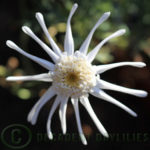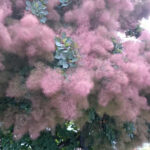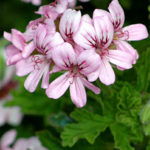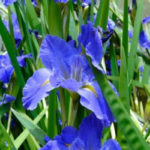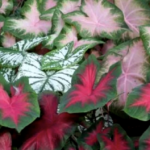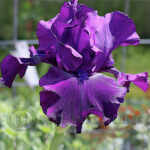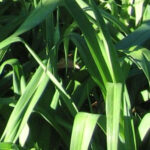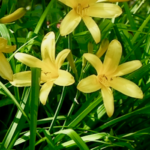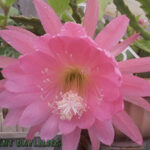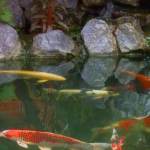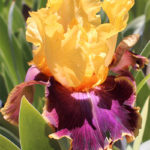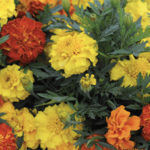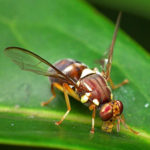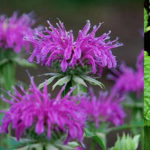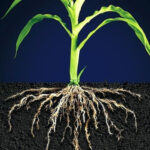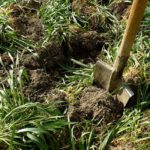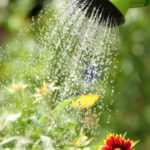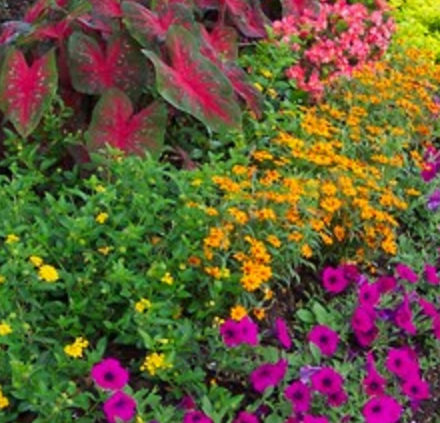
What Are Annual Plants
Annual Plants: All You Wanted To Know Gardening With Annuals
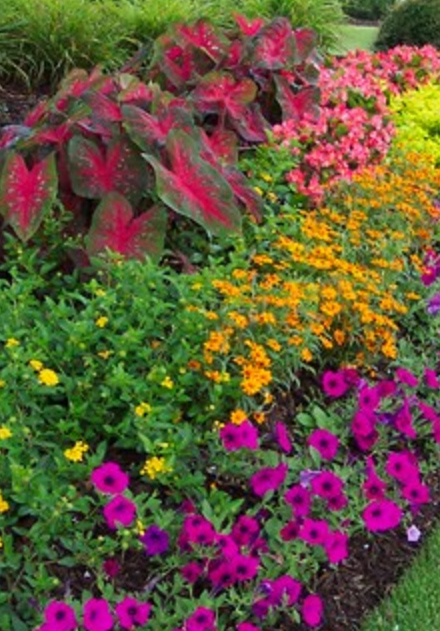 Annual Plants, complete their life cycle within one year or within one growing season, are also called annuals. Germination from seed to production of the seeds will be completed within one year and the plant dies off. There are annual plants, which germinate in spring or early summer and produces flowers and seeds by autumn of the same year. These plants are called summer annuals. Plants, which germinate in autumn and complete flowering and seed production in spring or summer in the following year, are called winter annuals. Some plant species require just one month to complete the life cycle and some of them may take several months to complete its life cycle. Everyone that gardens appreciates annuals, they are the perfect plants for filling in gaps, en masse as ground covers and for garden borders. Some examples of annuals commonly grown in our gardens overtime include:
Annual Plants, complete their life cycle within one year or within one growing season, are also called annuals. Germination from seed to production of the seeds will be completed within one year and the plant dies off. There are annual plants, which germinate in spring or early summer and produces flowers and seeds by autumn of the same year. These plants are called summer annuals. Plants, which germinate in autumn and complete flowering and seed production in spring or summer in the following year, are called winter annuals. Some plant species require just one month to complete the life cycle and some of them may take several months to complete its life cycle. Everyone that gardens appreciates annuals, they are the perfect plants for filling in gaps, en masse as ground covers and for garden borders. Some examples of annuals commonly grown in our gardens overtime include:
ANNUAL BEDDING PLANTS include marigolds, zinnias petunias, vinca, coleus, sweet peas, cosmos, alyssum, amaranthus, chinese houses, alyssum, cleome, impatiens, dusty miller, paper daisy, california poppy, flanders poppy, verbena, snapdragon, pansy, portulaca, livingstone daisy, borage, cat grass, nasturtiums, bells of Ireland, blue lobelia, calendula and scabiosa.
CLIMBERS include thunbergia -black eyed susan vine, morning glory vine, moon flower vine, scarlet runner beans.
ANNUAL VEGETABLES include pumkins, zucchini, sunflower, peas, corn, water melon and stinging nettles from the sheep manure.
HERBS include dill, basil, coriander, parsley, german chamomile. Annual herbs need to be planted each year.
The annuals offer variety and versatility, even to any garden. They can be used in garden beds, in a window box or for bordering the sidewalk. They offer a great combination of colour throughout the season when planted in the garden. Annuals can be climbers, short shrubs or tall plants. There are annuals, which offer fragrant flowers, and attractive foliage.
Growing annuals from seed
Some annuals can be directly sown in the garden soil and some needs to be started indoors by providing artificial light during late winter or during the early spring. Plant the seeds in soil at a depth of 2-3 times the diameter of the seed. Some annual self-sow and will produce new plants when the right conditions arrive in the following year. You can plant the seeds of annuals indoors at least 8-10 weeks before the last frost and later transplant them to the ideal location in the garden after one-month growth. You can also sow them directly in the outdoor garden after all the danger of frost is over.
Growing annuals from cuttings
Annual plants such as coleus, geraniums, and impatiens can be grown from stem cuttings. The ideal time to get the cuttings is during late summer or during early fall. You need to remove any flowers and flower buds on the plant and select a healthy stem. Make stem cuttings, which are 2-6 inches in length and remove any leaves at the bottom part of the stem. Insert the stem cutting in potting soil and water thoroughly. Stem cuttings will develop new roots within 1-3 weeks. Transplant to a new pot or to the garden bed.
Caring for annual plants
- Annual flowering plants, in general, require basic good care and well-drained soil with a pH ranging from 6.3 to 6.7.
- Adding compost to the soil will increase the organic content and allow the plants to spread roots faster.
- Make sure that enough spacing is provided between plants when planting them.
- Though most annuals produce flowers during all season, cold temperatures and frost will finish flowering.
- Deadheading the plant by pinching old flowers will help the plant to produce flowers for a longer period.
Adding slow releasing fertiliser at the time of planting the annuals ensure proper nutrition to the plant. Container grown plants may even require feeding every few weeks. Annuals require regular watering as they have shallow root systems.


